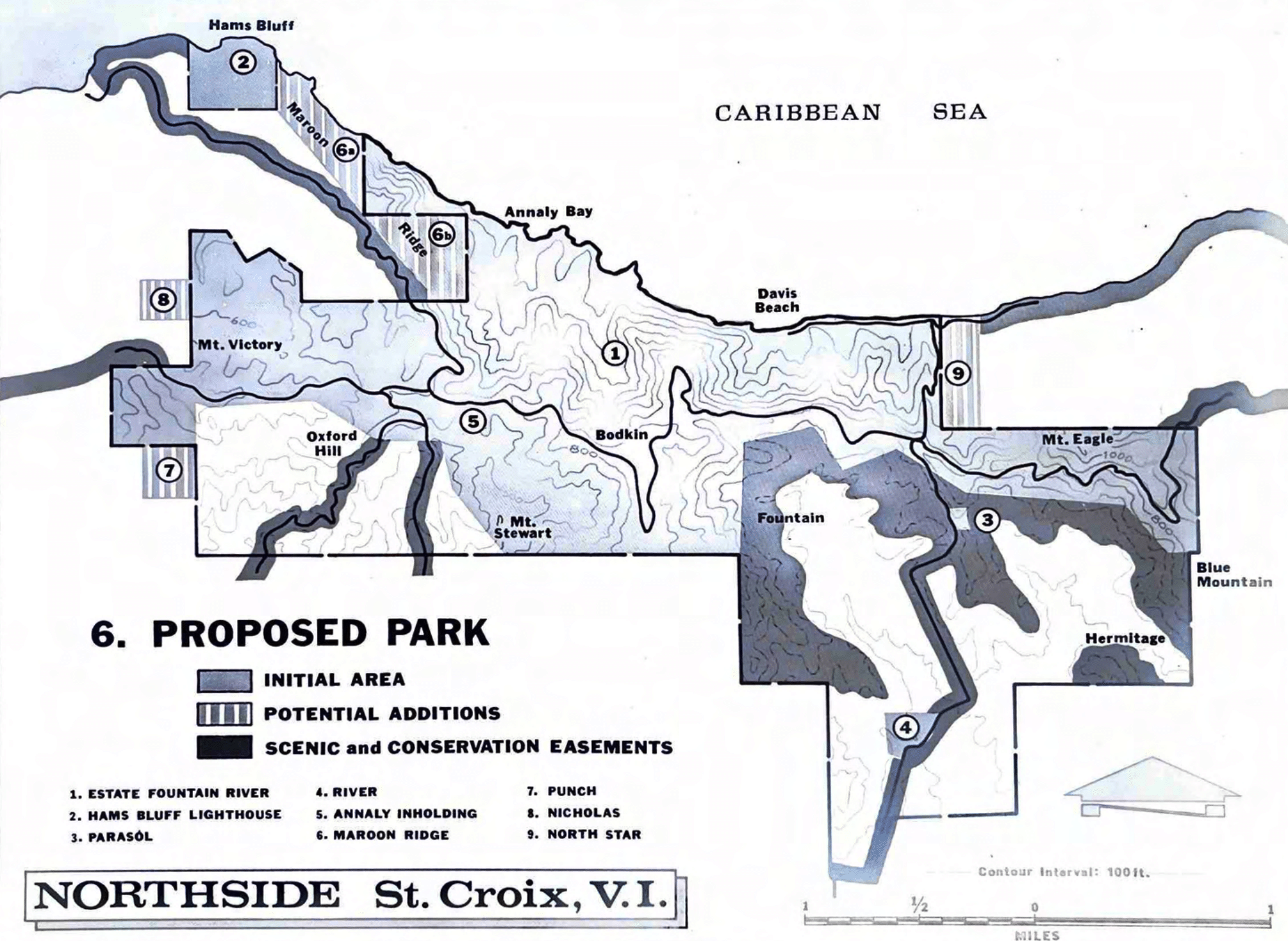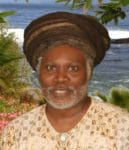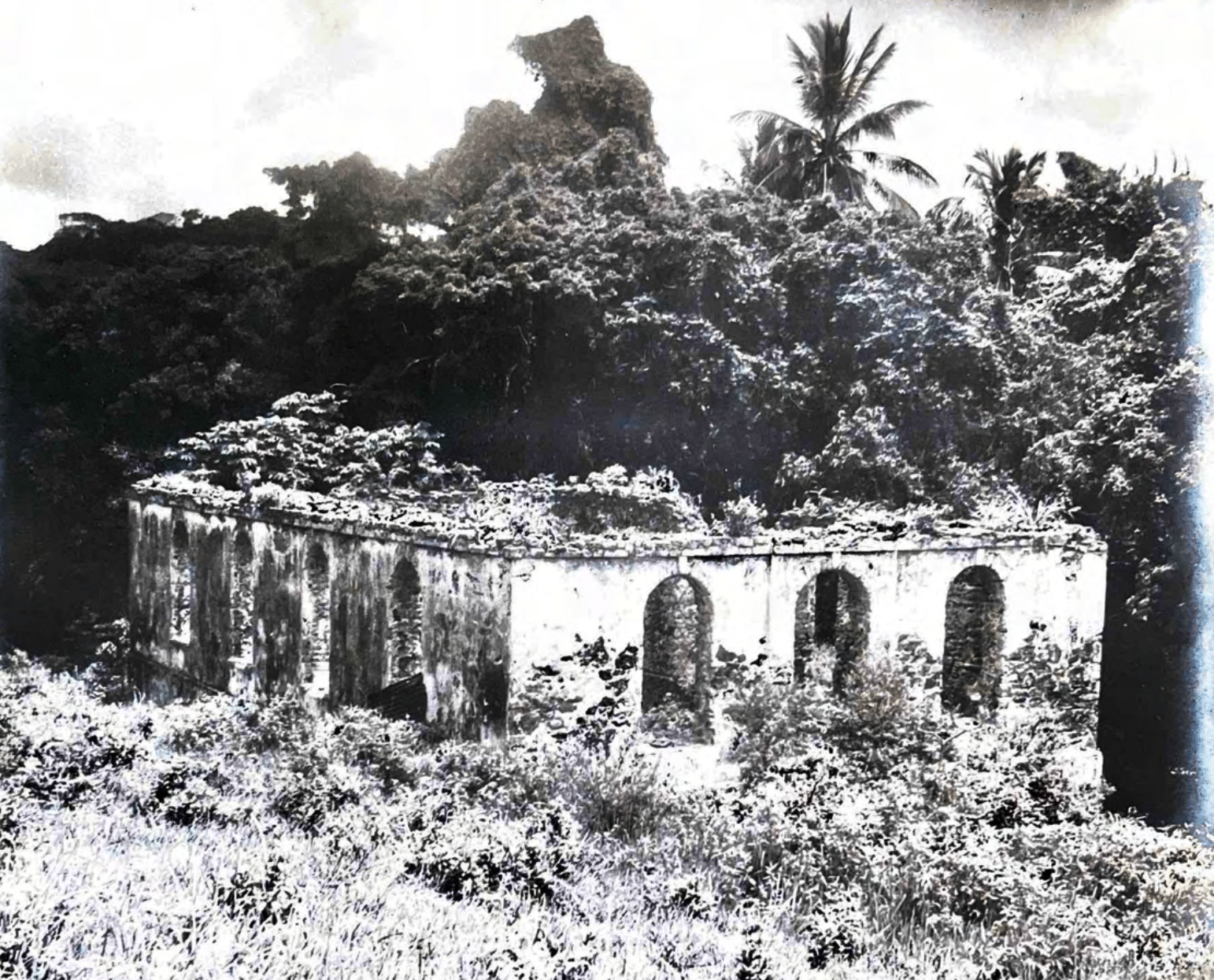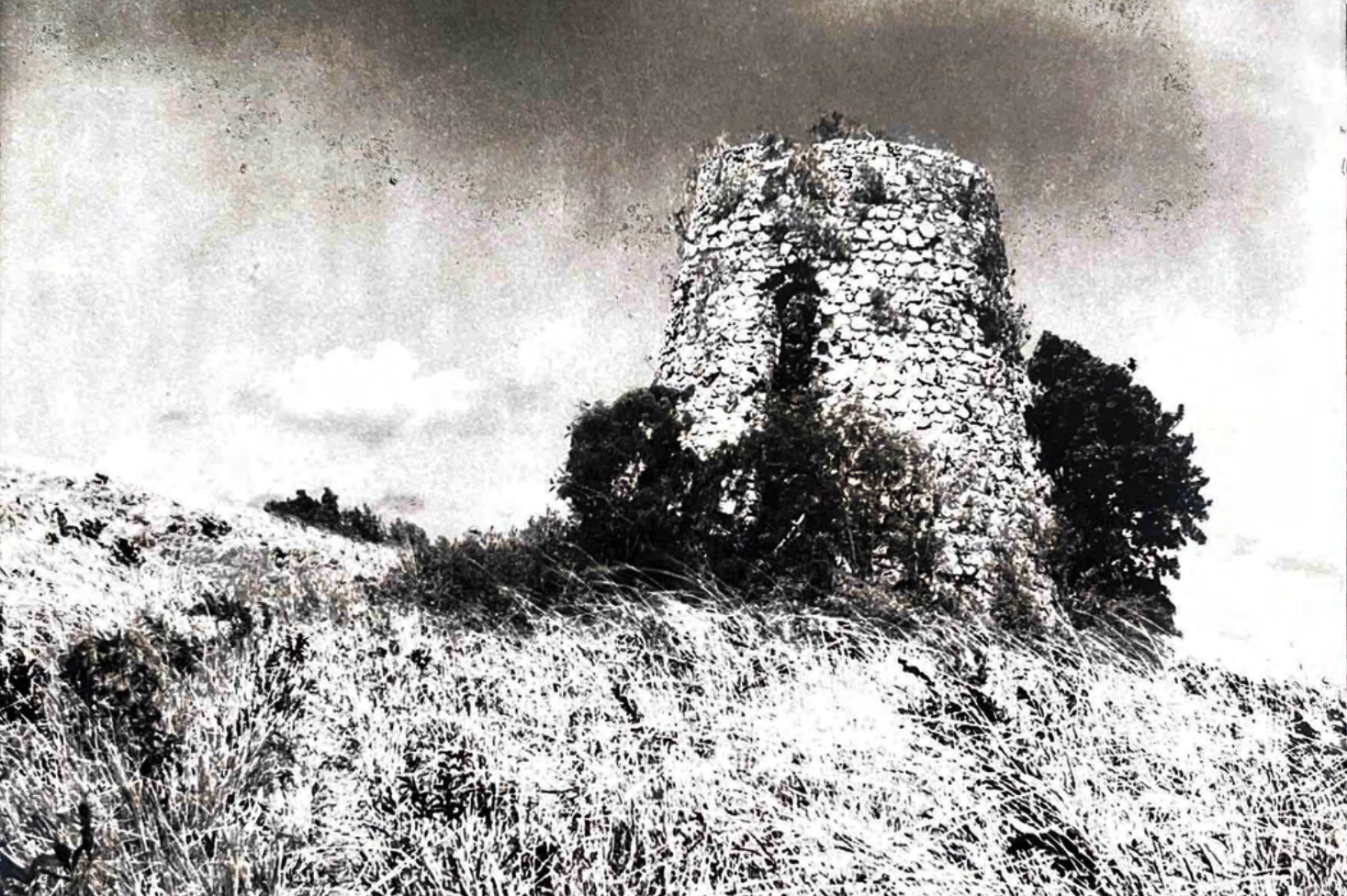
At the 52nd Virgin Islands Agrifest in February, I met a very good friend of mine, Sean Krigger, who is the director of the Virgin Islands State Historic Preservation Office. Whenever we see each other, we always chat about the territory’s natural and cultural resources. Believe me, it is in our blood as native Virgin Islanders. He told me that he found a file about the Great Northwest of St. Croix, Maroon Country. Of course, I got all excited because for 41 years I have been fighting socially and politically to preserve this area.

The next thing that occurred at the festival — I don’t know if it was a coincidence or not — was that I saw the director of the Virgin Islands Territorial Parks and Protected Areas, Kitty Edwards. With a big smile on her face, she said, “Olasee, did you have a copy or see the document about a proposal to create a ‘St. Croix regional park’ on the northwest side of the island?” I said no, but before I could mention Sean Krigger, who told me about the document, Kitty already said that she would email me a copy of the document.
In 1969 a study called “St. Croix Regional Park — A Proposal for a Unique Historic, Recreational and Natural Area Resource” — also known as “Skyline National Monument & Scenic Road” — was prepared for the late Laurance S. Rockefeller, written by George B. Hartzog Jr. and Thomas W. Richards. According to the document, “The purpose of this report is to inventory, analyze and describe the natural, scenic, recreation and historic resources of the Hams Bluff-Northside area of St. Croix, U.S. Virgin Islands.”
The study extended from the Hams Bluff watershed to Oxford Hill, Mount Stewart, Davis Bay, Mount Eagle, Fountain, Bodkin, and Estate Hermitage, which includes estates within Hermitage Valley. I was a boy when this analytical inventory took place. Believe me, this study goes back over a half century, from 1969 to 1973.
It is some 69 pages with maps, descriptions of estates and natural and cultural resources, topography, bird and plant lists, archeological sites, vegetation, zoning, soils, landscape, and boundaries of the proposed park, etc. The work of the late, great photographer Fritz Henley, who took black and white photos probably as far back as the 1940s to the 1960s, is also featured in the document that shows cultural and natural resources such as forest landscapes and historic ruins such as the Mount Victory 1841 country schoolhouse.

When I read the document that calls for land to be set aside as the people’s territorial park, I wanted to cry because we have dropped the ball repeatedly. The question comes to mind why the Northwest park didn’t happen over a half century ago?
I can only quote what the document says. “Its natural, historic, and recreational values should be preserved for the use and enjoyment of both the island’s indigenous inhabitants as well as visitors. The Hams Bluff, Davis Bay, Mount Victory complex (referred to as Northside) offers a rare opportunity to combine esthetic, economic, ecological, and historic values for the long-range public benefit,” noted the report.
I grew up in these beautiful islands hearing the term the “rape of the virgins” by adults, but never really fully understood what it meant until I got a little older. In my short life here on earth (according to the Bible the time clock for humans is “threescore and ten years” unless God extends our lives by living to a ripe, healthy old age), I have seen such rapid changes in the islands’ environments that sometimes even I feel like an outsider. Like I said before, I am only quoting what the document says: “It is all too common to hear the phrases — ‘rape of the virgins,’ ‘slash and burn culture,’ ‘environmental destruction,’ and ‘money-hungry developers.’”
The sentence continues to say, “There is now an opportunity in the Northside area of St. Croix to create a facility with a diversity of historic, natural and recreational features which will gain wide acceptance from both island residents, tourists, scientists, and businessmen alike.” It is for this reason and others that I continue to be like John the Baptist in the wilderness in Biblical times, preaching the word of preservation to protect the Northwest of St. Croix or any other cultural and natural treasure of these islands.
I consider the island of St. Croix to be the last frontier of the Virgin Islands. It is an island whose cultural and natural resources have not yet been fully discovered, especially by local people. An island where people can hold onto their landscapes and still have room to connect to nature. An island where historic ruins, colonial graves, slave gravesites, waterfalls, steep cliffs, rolling hills, mountaintops, etc., and the history of St. Croix play out in front of you.

The Northwest of St. Croix has such a rich history that spreads beyond its shores. William A. Leidesdorff was the son of a Dane and a Black mother named Anna Marie Sparks, a mulatto who was born on St. Croix. Leidesdorff (1810-1848) was born in the great Northwest on a plantation that his father Alexander purchased that he called “Spring Garden.” Estate Spring Garden is part of Maroon Country.
March is Virgin Islands History month, so search online for William A. Leidesdorff and learn about the positive impact he had on California in the latter part of the 1800s.
Believe me, Maroon Country is full of real-people stories like Leidesdorff’s — not “Mother Goose” stories or made-up stories. The sagas of “free slaves,” the enslaved, runaway slaves, and Maroons, to white planters and settlers all played out in the Northwest Quarter of St. Croix. The history can still be played out by you helping me and we helping each other together to preserve Maroon Country.
Take my word, whenever you hike Maroon Country, history comes alive by the ruins of the plantations, steep cliffs, and gravesites of slaves, and whites, and historic trees hundreds of years old. Let us not drop the ball as happened half a century ago. Let us all work together to protect Maroon Country in perpetuity. Let us make the Northwest the first Virgin Islands territorial park, the people’s park of these islands.
— Olasee Davis is a bush professor who lectures and writes about the culture, history, ecology and environment of the Virgin Islands when he is not leading hiking tours of the wild places and spaces of St. Croix and beyond.





